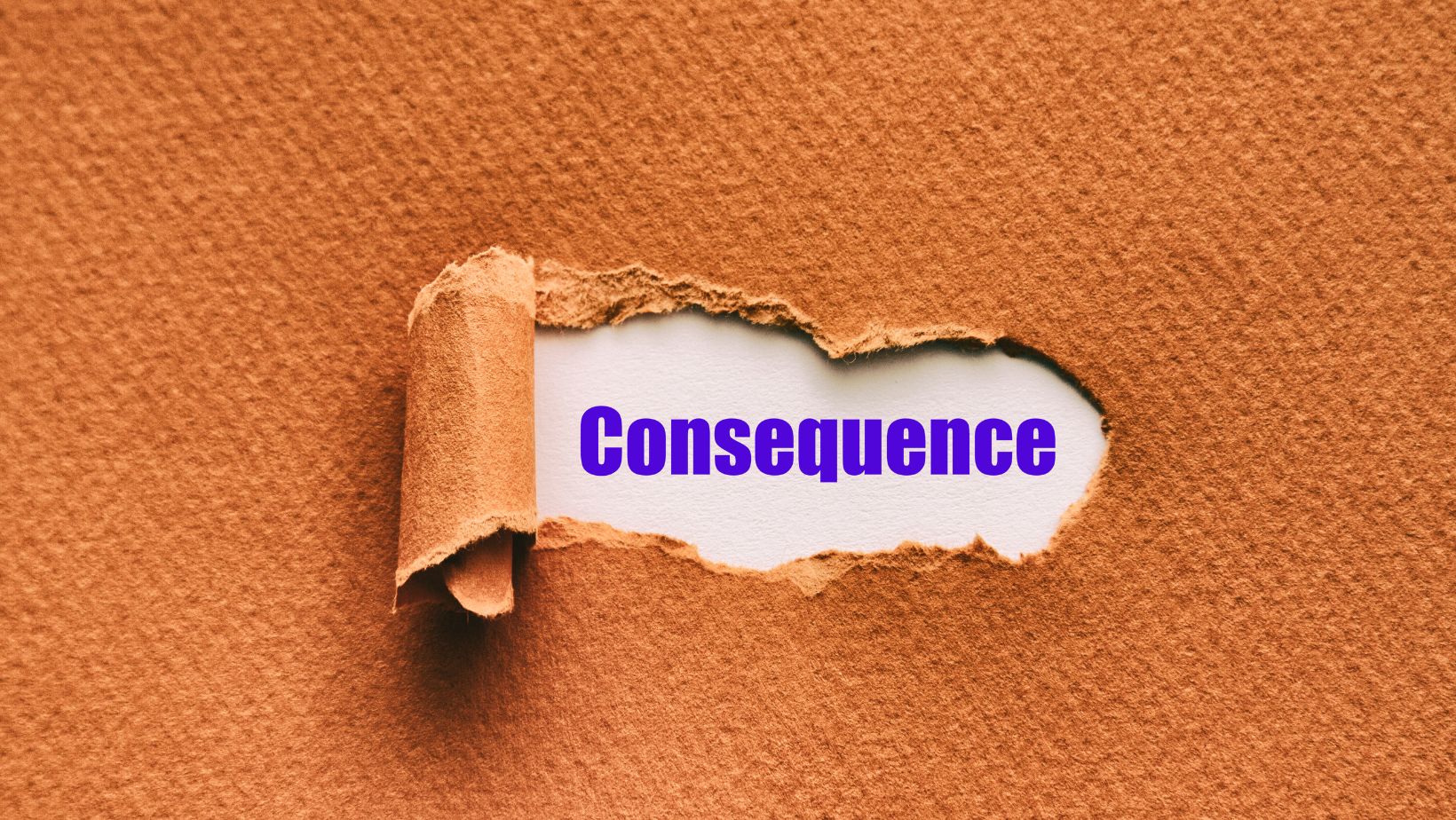Match Each Type of Consequence With its Resulting Behavior Change.
Understanding the connection between consequences and behaviors is key to predicting and managing outcomes. In this article, we’ll delve into different types of consequences and how they each shape behavior.
Whether it’s in parenting, education, or workplace management, it’s crucial to know how consequences can mold behavior. We’ll explore the dynamics of positive and negative consequences, and how they can either promote or discourage certain behaviors.
Types of Consequences
Positive Consequences
Positive consequences, often referred to as reinforcement, are outcomes that encourage the repetition of a specific behavior. For instance, in a classroom setting, praise, rewards, or privileges are common positive consequences applied to foster desired behaviors. When a student completes their assignments on time, a reward or acknowledgment can inspire the student to continue this productive pattern, thus instilling an understanding of the benefit that consistent effort brings about.
Negative Consequences
Contrary to positive consequences, Negative Consequences discourage a particular behavior. These outcomes can include the removal of privileges, timeouts, demotion, or any form of disciplinary action aimed at reducing unwanted behavior. Consider the scenario where a child refuses to clean up their toys; the negative consequence might be the confiscation of those playthings until the desired action is taken. Over time, the desire to retain their toys could lead the child to clean up more frequently.
Natural Consequences
Natural consequences are the automatic result of an individual’s actions without any distinct intervention. For instance, if you choose not to wear a coat in freezing weather, you’ll naturally feel cold. This type of consequence is pivotal in teaching life’s basic principles and consequences of their actions. It’s important to note, however, that allowing natural consequences to take effect may not always be practical or safe.
Logical Consequences
Logical consequences, on the other hand, are the result of specific actions but are implemented deliberately rather than occurring naturally. These are often used when the natural consequence might be too risky or unsafe. For example, if a child refuses to wear a helmet while riding a bike, a logical consequence might be that they lose their biking privileges. It’s a suitable consequence as it directly relates to the behavior without placing the child at unnecessary risk.
The dynamics between these four types of consequences and the resulting behaviors they influence are significant in understanding human behavior. Whether you’re a parent, teacher, or manager, awareness of how consequences mold behavior can lead to better decision-making, enhanced interaction with others, and an overall healthier environment.

Resulting Behaviors
Reflecting on Success
Positive consequences typically lead to repeating a behavior. When I was acknowledged for doing something right, it boosted my confidence. Even simple praises or rewards were effective in encouraging me to replicate a successful outcome. The recognition I received cemented the fact that my actions had a direct impact on my success. It was not something that just happened – it was the product of my deliberate actions.
Avoiding Undesirable Outcomes
Just like positive consequences, negative consequences play a substantial role in influencing behavior. Fear of punishment, disapproval, or any form of setback is a powerful deterrent to deviating from the expected norm. I found that consistently encountering negative consequences led me to avoid engaging in specific behaviors. Over time, I learned what behaviors to dodge to avoid unpleasant outcomes.
Learning from Experiences
Natural consequences, the automatic results of actions, provide a remarkable learning experience. No one told me not to touch a hot stove or run on wet floors after I had experienced the painful or uncomfortable outcome. These experiences were lessons that taught me much about cause and effect in real life. They nudged me to be more thoughtful and mindful of the potential consequences of my actions.
Taking Responsibility
Logical consequences are deliberate and rely fairly on the notion of personal responsibility. If I didn’t meet a work deadline, there was less time for reviewing and making corrections – the quality of my work suffered. This direct link between action and consequence taught me to take full responsibility for my actions. Understanding that there were consequences for every decision pushed me to be accountable – a skill that is vital in every aspect of life.
In the grand scheme of things, knowing the types of consequences and their potential results on behavior can help pave the way towards making better choices. It’s not just about avoiding negative outcomes or seeking rewards; it’s about learning, growing, and taking responsibility for our actions.
















